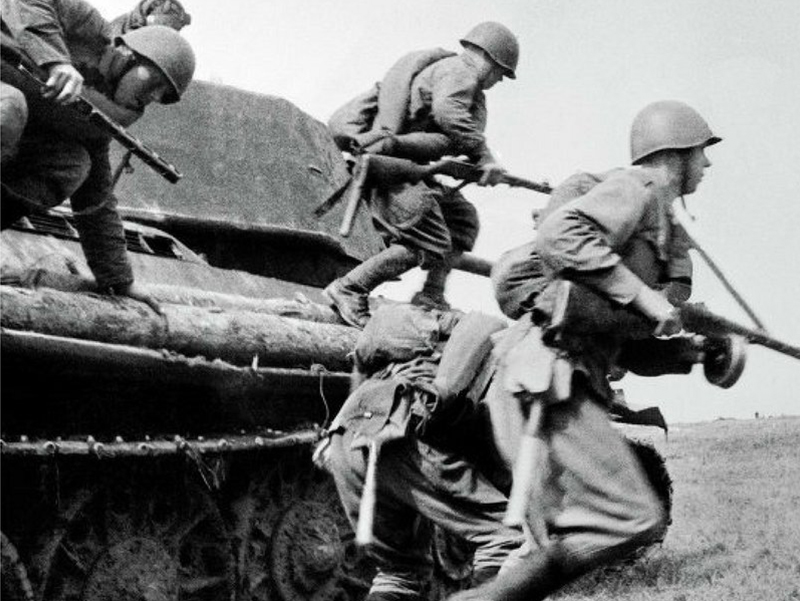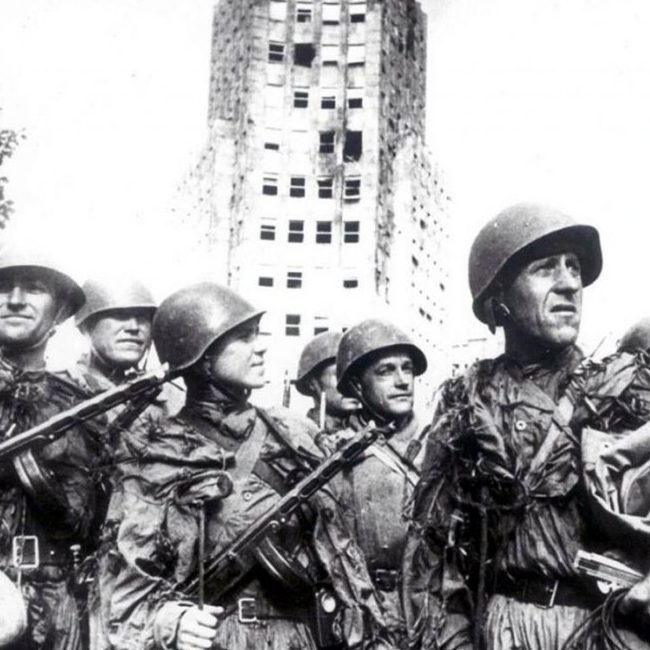


WAR CURIOSITIES: A FIGHT TO THE DEATH IN THE REICHSTAG

GUNS AND THEIR HISTORY: LIBERATION OF BELGRADE
After the invasion of Yugoslavia by the Axis in April 1941, Belgrade remained as the capital of the occupied Serbia and various movements of resistance arose: Partisans and Chetniks assumed the fighting to the German army.
By 1943, the Partisan Army under Tito’s command was controlling more than half of the territory of the old Kingdom of Yugoslavia.
At the end of September 1944, the 2nd Panzer Army was in Belgrade with no possibility of starting a counterattack, and retracted to Croatia.
On October 12, the Red Army and Partisans broke the enemy resistance in the south of Belgrade and approached it two days later. The Yugoslavs advanced towards the city from the south of the Sava River, while the Red Army participated in the fighting in the north. The eviction of the city was made by urban battles fought in the main buildings, where the Germans had become strong. The assault on the city was delayed due to the diversion of forces to eliminate the resistance of thousands of enemy soldiers, surrounded between Belgrade and Smederevo.
Finally on 20 October, Belgrade was completely liberated by the Yugoslav and Soviet forces.

